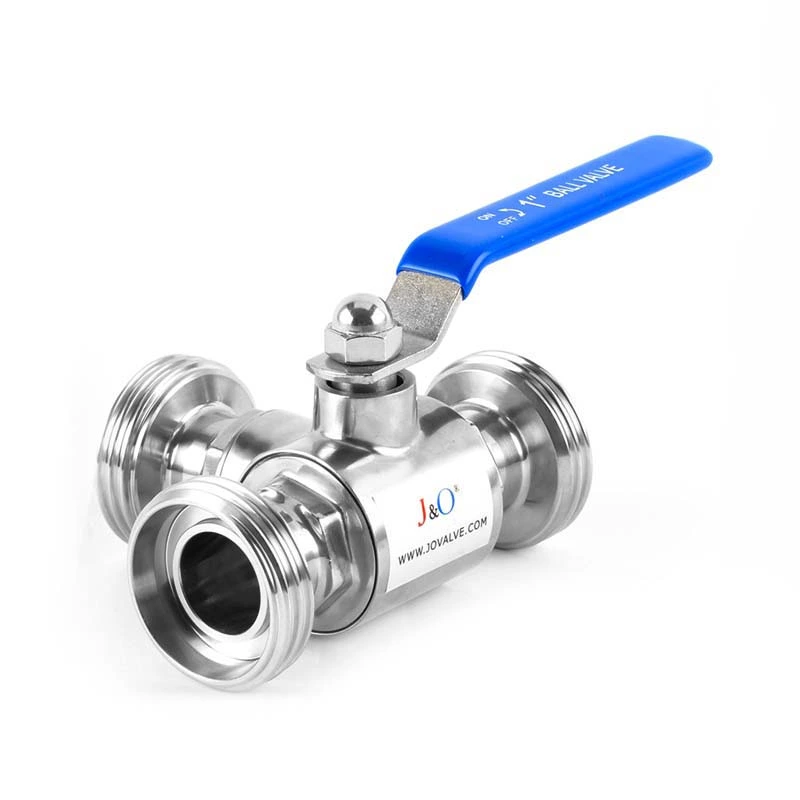What Are The Characteristics Of Sanitary Valves?
Sanitary Valve is a type of valve designed for the food, beverage, pharmaceutical, cosmetics and other industries. Its main feature is that it can meet the requirements of high hygiene standards. So what are the characteristics of sanitary valves?
The characteristics of sanitary valves are as follows:
Material selection:
Sanitary valves are usually made of easy-to-clean and corrosion-resistant materials such as stainless steel (such as 304, 316) to prevent microbial growth and chemical contamination.
Surface treatment:
The surface is polished, mirror-finished or electro-polished to reduce the hiding places for bacteria and ensure that the surface is smooth and has no dead corners.
No dead corner design:
The internal structure of the valve is designed without dead corners, which is easy to clean and avoid pollutant residue.
Lead-free and no harmful substances:
Avoid using materials containing lead or other harmful substances to comply with food safety regulations and standards.
Standardized size:
Comply with or national standards such as DIN, ISO, etc., so as to facilitate compatibility with other sanitary piping systems.
Sealing performance:
Use sanitary gaskets, O-rings and other sealing materials to ensure good sealing performance and prevent leakage.
Certification:
Passed relevant health and safety certifications, such as FDA, EHEDG, 3A hygiene standards, etc., to prove its suitability for industries with strict hygiene requirements.
Easy to maintain:
Designed for easy disassembly and cleaning, easy for regular maintenance and replacement of parts.
Scope of application:
Suitable for food processing, beverage production lines, pharmaceutical production, cosmetics manufacturing and other industries.
Operation mode:
It can be manually operated or automatically controlled, such as electric or pneumatic actuator drive.
